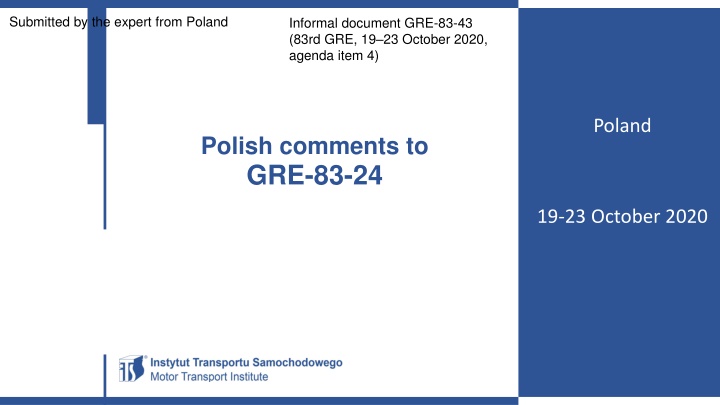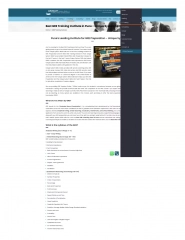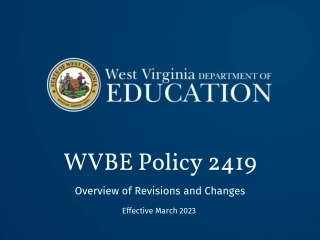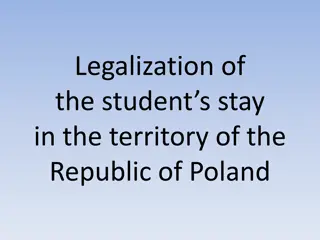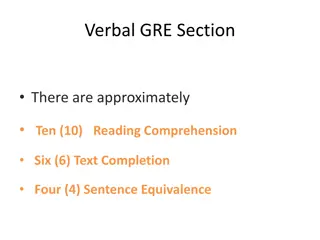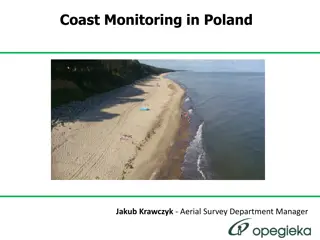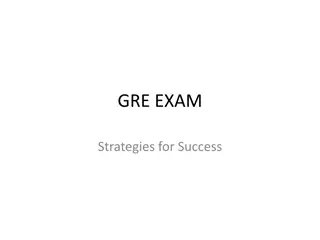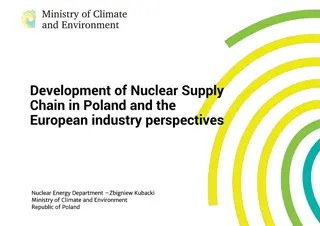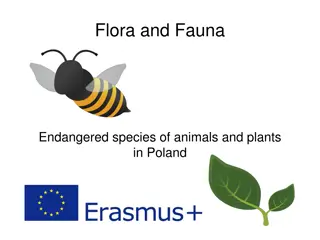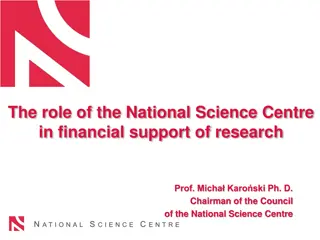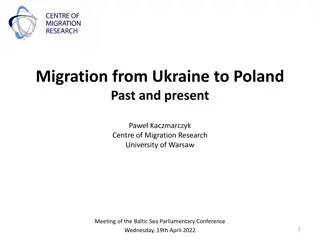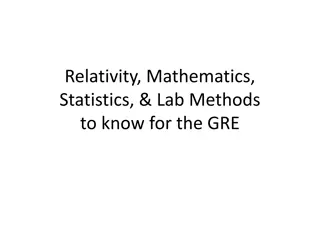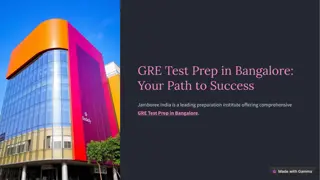Poland's Comments on GRE-83-2419-23.October.2020
Polish expert from Poland provides informal comments on document GRE-83-43 during the 83rd session of GRE in October 2020. The document outlines Poland's perspectives on the agenda item discussed. The insights shared are valuable in understanding Poland's stance on the matter under consideration.
Download Presentation

Please find below an Image/Link to download the presentation.
The content on the website is provided AS IS for your information and personal use only. It may not be sold, licensed, or shared on other websites without obtaining consent from the author.If you encounter any issues during the download, it is possible that the publisher has removed the file from their server.
You are allowed to download the files provided on this website for personal or commercial use, subject to the condition that they are used lawfully. All files are the property of their respective owners.
The content on the website is provided AS IS for your information and personal use only. It may not be sold, licensed, or shared on other websites without obtaining consent from the author.
E N D
Presentation Transcript
Submitted by the expert from Poland Informal document GRE-83-43 (83rd GRE, 19 23 October 2020, agenda item 4) Poland Polish comments to GRE-83-24 19-23 October 2020
Poland clearly expressed in GRE-81-22 the comments, questions and advice to IWG-SLR regarding Stage 2 of simplification in regard to RID. We regret to say that these important issues have been ignored. Therefore Poland is repeating in simple way the minimum general expectation regarding photometric requirements of Stage 2 for RID based on minimum safety requirements, basic photometry knowledge, logical reasoning, and common sense. It should be described the only one minimum for safety set of requirements. Basically it is road illumination (RI) and glare protection (GP). If there are any special conditions (like speed limit, fog or adverse weather) they should be unambiguously defined to be recognised by driver during driving in real traffic. It is illogical to require more for any device (class) than is permitted to be legally used under the same conditions as any other authorized and defined device.
Should be defined only one class for general use. If this class is the Basic / C Passing beam and is sufficient to illuminate the road at night and there is no restrictions for use of this class e.g. speed limit, then the additional requirements for other classes should concern only traffic conditions (GR). This means that any driving beam should meet onlyBasic / C Passing beamRI requirements when for driving beam should be not provisions for glare GR except the maximum luminous intensity for whole set of headlamps only. As result should be only above requirements for whole set of (any) driving beam(s). Therefore there is no reason for additional (auxiliary, secondary, etc.) driving beam because it should be free for manufacturer discretion. But if Basic / C Passing beam is insufficient for safe driving with any speed (which is maybe possible with one or more driving beam/s) such restrictions (like speed limit) should be integral part of Basic / C Passing beam requirements
There is no justification for CS and DS class for motorbikes. They should have (single or set of) headlamp(s) meeting together doubled requirements for Basic / C Passing beam. Otherwise there is technology discrimination for any of non motorbike vehicles. Or requirements for one of CS or DS class should be enough for pair/set of any other vehicle (car, heavy good etc.) and should replace Basic/ C Passing beam
Low speed /V Passing beam should be associated with clear value of speed limit but not with vehicle category ( design factor) Low speed Driving beam should be associated with clear value of speed limit different than for Low speed / V Passing beam.If there is the same speed limit as for Low speed / V Passing beam there should be no separate RI photometric requirements but for Low speed Driving beam only GP limits should be removed form requirements for Low speed / V Passing beam AS and BS class for mopeds should be replaced with Low speed / V Passing beam with doubled values for single lamp (set) or clear but different speed limit than for Low speed / V Passing beam should be required and justified
Motorway/E Passing beam should be associated with clear value od speed limit different than for Basic / C Passing beam. If no speed limit shall be associated with Basic / C Passing beam than Motorway/ E Passing beam should have the same RI requirements like Basic / C Passing beam but only GR could differ ADB class should have the same (minimum) requirements for RI like Basic / C Passing beamif it is sufficient to use with any legal driving conditions (speed). If not then restrictions for use (speed limit) for Basic/ C Passing beamshould be introduced. GR for ADB Requirements should replace existing GR of Basic / C Passing beam under condition that (GR) are possible to objective testing for whole ADB system in the way effectively representing real traffic conditions
Photometric requirements for Fog beam should be supplemented by specific conditions of use which are possible to objective discrimination by any driver. E.g. speed limit, density of fog and other necessary criteria should be integral part of requirements description. It cannot be left to discretion of national law because photometric requirements should unambiguously describe photometric behaviour and safety which are common and related to lighting performance and weather condition only.
